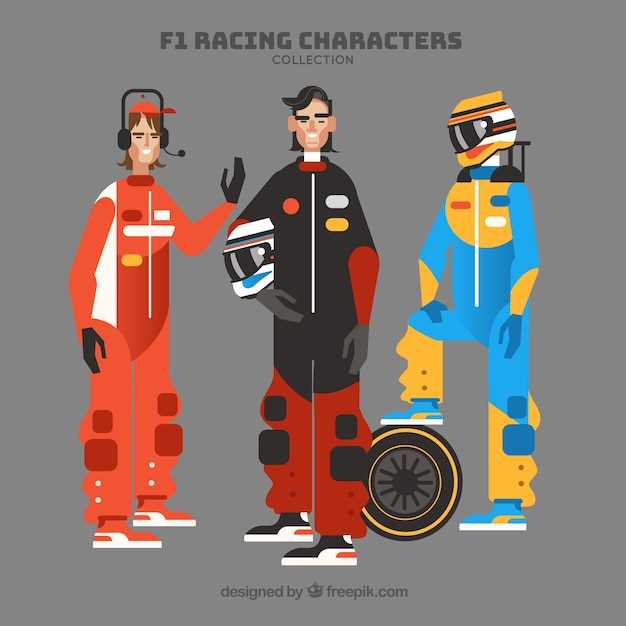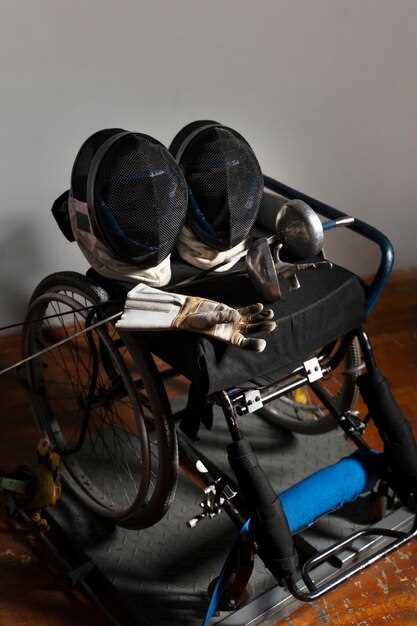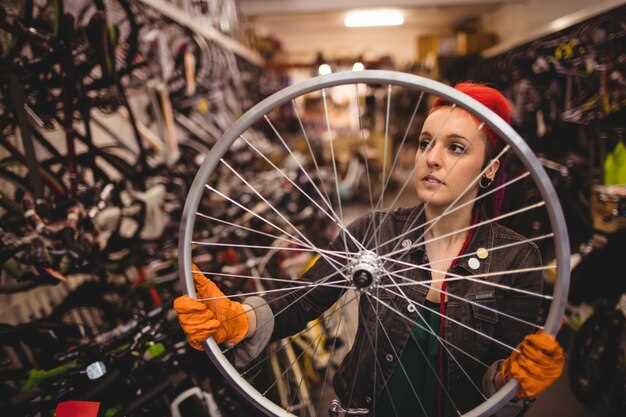
In the high-octane world of racing, safety is paramount. The risks associated with high-speed competition demand that every serious racer invests in essential roll cages and appropriate safety gear. These components are not merely accessories; they are critical to ensuring the well-being of drivers as they push their vehicles to the limit on the track.
A properly designed cage not only provides structural integrity to the vehicle but also serves as a protective barrier during collisions. The primary function of a roll cage is to absorb and distribute the impact forces encountered in a crash, thereby safeguarding the driver against severe injuries. The design and installation of a roll cage are crucial, as they must adhere to specific regulations and standards set by racing organizations.
Equally important is the use of advanced safety gear, which includes helmets, harnesses, and fire-resistant suits. These elements work in conjunction with the roll cage to maximize driver protection. High-quality helmets are designed to withstand multiple impacts and provide adequate ventilation, while harness systems help secure the driver firmly in their seat, minimizing movement during a crash. The overall goal is to create a comprehensive safety system that allows serious racers to focus on competition, knowing they are well-protected.
Choosing the Right Roll Cage Design for Your Race Car

Selecting the appropriate roll cage design is crucial for ensuring safety in competitive racing. A well-constructed roll cage can significantly enhance the structural integrity of your race car, providing essential protection in the event of a crash. Understanding the different types of roll cage configurations will help you make an informed decision tailored to your racing needs.
There are several key designs to consider, including OEM-style cages, multipoint cages, and custom-built options. OEM-style roll cages are designed based on factory specifications and offer reasonable protection while maintaining the vehicle’s original aesthetics. Multipoint cages, on the other hand, provide increased safety by distributing impact forces across multiple points of the vehicle, making them suitable for serious racers who prioritize maximum protection.
Custom-built roll cages allow for the most flexibility, as they can be tailored to fit the specific dimensions and requirements of your race car. Collaborating with professionals who specialize in roll cage fabrication can ensure that your design adheres to safety standards while optimizing weight and rigidity. Consider factors such as material selection, typically utilizing high-strength steel or chromoly tubing, which can enhance the overall performance of your vehicle.
When determining the ideal roll cage design, consider the type of racing you will participate in, as different motorsport disciplines have specific regulations governing roll cage specifications. Always consult the governing body of your racing series to ensure compliance with safety regulations that will keep you and your competitors safe on the track. A properly designed and installed roll cage is an investment in safety, elevating both performance and confidence as you push your limits on the racetrack.
Essential Safety Gear: What Every Racer Needs

Every serious racer understands the critical importance of safety in high-speed environments. First and foremost, a robust helmet is essential; it protects the head in case of accidents, and racers should select one that meets established safety standards, such as SNELL or FIA specifications.
In addition to a helmet, a high-quality racing suit is crucial. This fire-resistant suit helps protect the body from flames and heat, significantly reducing the risk of injury during a fire incident. A suit made from Nomex material provides optimal protection and comfort.
Another key component of safety gear is the racing gloves. These gloves enhance grip on the steering wheel and protect the hands from burns and abrasions. Look for gloves that provide both tactile feedback and protection, ensuring that racers maintain control without compromising safety.
Racing boots are equally important. They should be designed for comfort and provide adequate support, preventing injury during the intense g-forces experienced on the track. Like suits and gloves, racing boots should also be made from fire-resistant materials.
A properly installed roll cage is an essential part of the race car that enhances safety. It provides structural integrity and protects the driver in case of a rollover or collision. Ensuring that the cage meets safety regulations can significantly mitigate risks during races.
Finally, harnesses are another vital component. A multi-point harness secures the driver firmly in their seat, preventing excessive movement during impact. It is important for the harnesses to be regularly inspected and maintained to ensure they function effectively when needed.
In conclusion, investing in quality safety gear–helmet, suit, gloves, boots, and harnesses–alongside a robust roll cage, is non-negotiable for anyone serious about racing. Prioritizing safety allows racers to focus on performance while minimizing potential risks on the track.
Maintaining and Inspecting Your Roll Cage for Optimal Safety
Ensuring the integrity of your roll cage is crucial for maximizing safety during racing. Regular maintenance and inspection help identify potential weaknesses that could compromise its performance in the event of an accident. Start by checking for signs of rust, corrosion, or any physical damage to the frame, as these can severely weaken the structure.
Inspect all welds and joints carefully. Cracks or separation can indicate stress points that may fail under pressure. It is important to use a welding expert if any repairs are needed, as improper welding can jeopardize safety. Also, pay attention to any aftermarket modifications, as these can affect the cage’s functionality and compliance with safety regulations.
Verify that the roll cage remains properly secured to the car’s structure. Loose mounting points can compromise its performance during collisions. Periodically tighten all bolts and fasteners, ensuring they are tightened to manufacturer specifications.
In addition to visual inspections, consider conducting periodic stress tests, especially if the vehicle has been involved in an accident or has undergone significant modifications. Maintaining documentation of all inspections and repairs helps track the condition of your roll cage over time, ensuring that any issues are addressed promptly.
Finally, adhere to the racing organization’s guidelines regarding roll cage safety standards. Compliance with the latest regulations can provide additional assurance that your roll cage is built to withstand extreme conditions and enhance driver safety during races.



